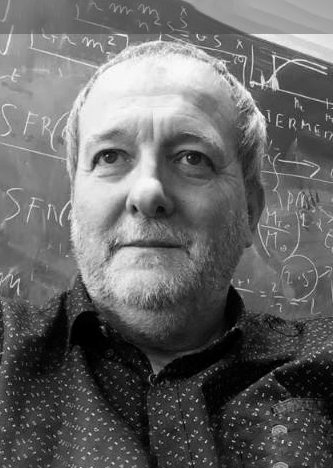USTC Astronomy Colloquium Series: 2024 Fall
The role of mixing, mass-loss and rotation in stellar evolution
Alessandro Bressan 教授
Scuola Internazionale Superiore di Studi Avanzati (SISSA)
2024/09/10, 2:30pm , the 19th-floor Observatory Hall

报告人:
Alessandro Bressan obtained the Bachelor degree in Astronomy at the Padova University (1981) and PhD degree in Physics (Astrophysiscs Sector) at SISSA, Trieste, Italy (1986). He was associate researcher (1989-1995) and associate astronomer (1995-2010) at INAF, Astronomical Observatory of Padova, Italy. Since 2011, he is full professor at SISSA and was the Head of the Astrophysics Sector of SISSA from 2011 to 2016. He was/is a member of many international astronomical collaborations. For his contribution to the scientific research he was awarded the title of Commendatore della Repubblica by the Italian President in 2006. In 2023, he was awarded the PIFI Distinguished Scientist Fellowship by the Chinese Academy of Sciences. His research has covered a wide range of topics in stellar and galactic evolution, such as stellar structure and evolution, stellar populations, formation and merging of stellar black holes, spectral evolution of galaxies and dust formation in stellar environments. Hitherto, he has about 490 scientific publications with ~54,000 total citations and an H-index of 88.摘要:
Despite the efforts made in recent decades to obtain more realistic stellar models, considerable uncertainties still remain due to our incomplete knowledge of some complex physical processes that occur within stars, such as accretion, convection, mass loss, rotation, to name a few of them. Modeling these processes still relies on empirical calibrations and this has a significant impact on theoretical predictions such as masses, ages and abundances of stars and stellar populations, which we commonly use to answer fundamental questions in astrophysics.Building on our stellar evolution code "PARSEC", I will focus on a few aspects that deserve special attention: the role of mixing, rotation and mass loss in the evolution of stars. Mixing is one of the most important processes because stars will never forget its effects in subsequent evolution. It can be the result of convective motions and microscopic diffusion but also of differential rotation. Regarding the latter phenomenon, I will examine a critical test to disentangle the role of core overshooting and rotation in stars. I will also discuss the effects of overshoot at the base of the convective envelope and show its possible large impact on the evolution of more massive stars. Finally, I will review the most recent mass loss models and show how this quite debated phenomenon can strongly influence the yields and ultimate fate of intermediate-mass and massive stars. 邮编:230026 ,
邮编:230026 ,  联系电话: 0551-63601861
联系电话: 0551-63601861 Email:
Email: